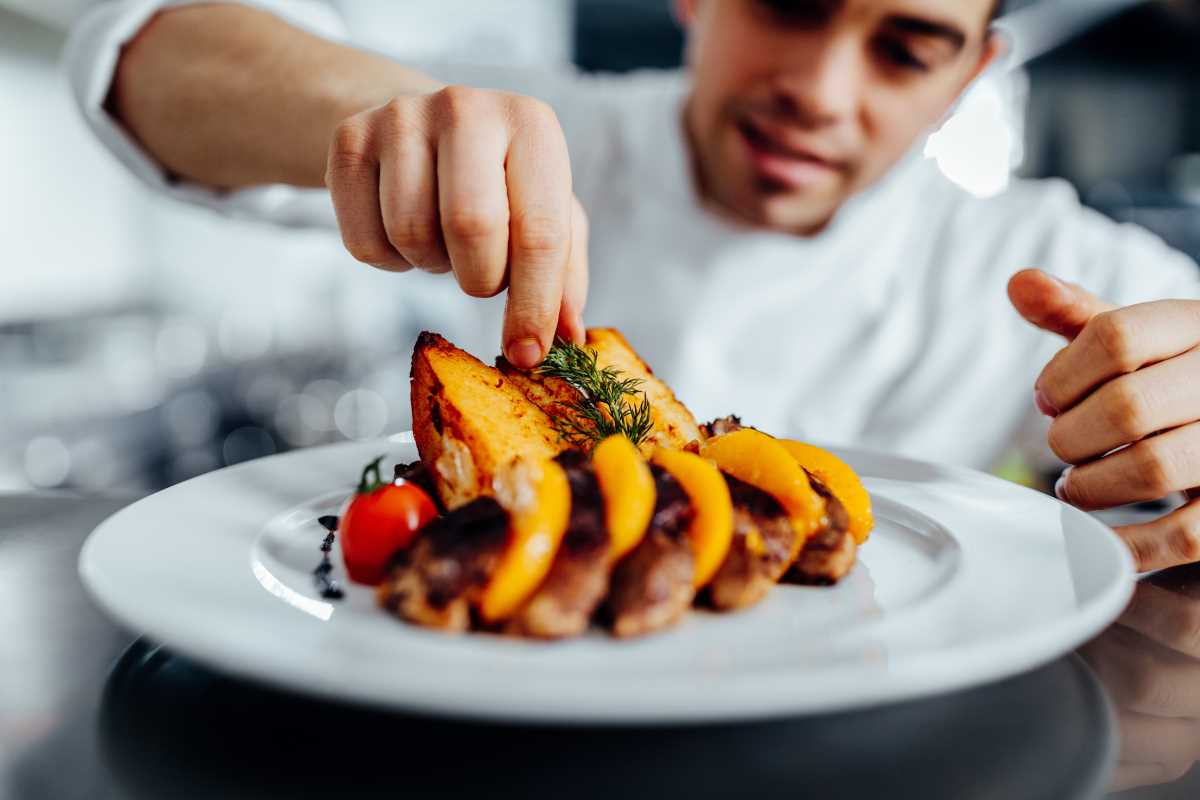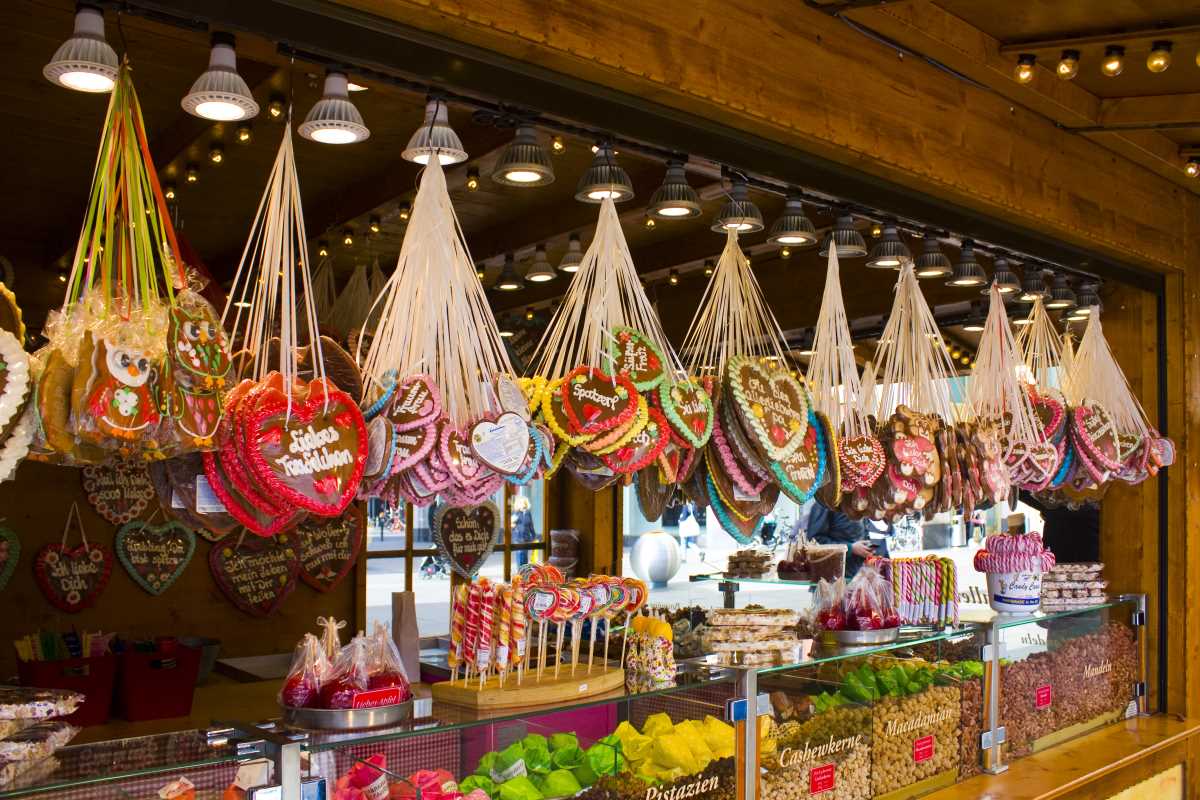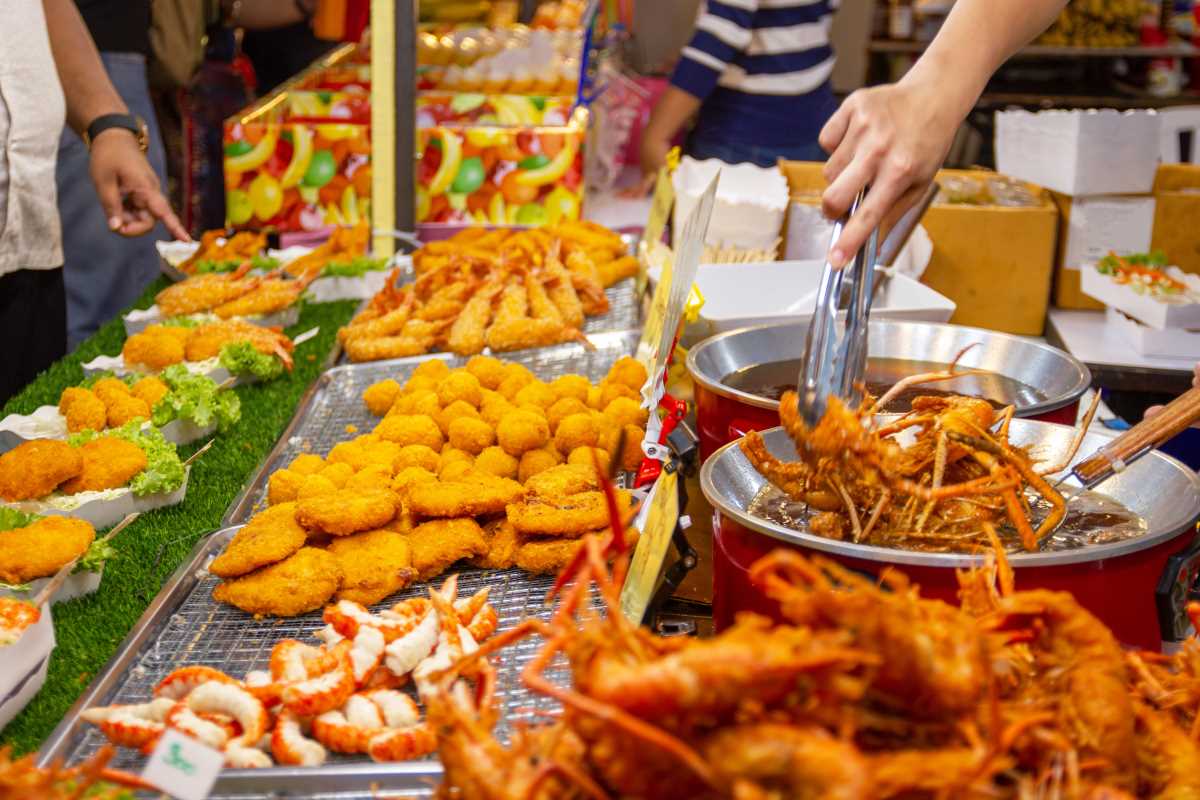Exploring new tastes opens up exciting possibilities, much like wandering through unfamiliar neighborhoods filled with inviting aromas. Travelers often seek helpful resources to lead them to charming family-owned restaurants, bustling market stalls, and welcoming cafes where authentic flavors shine. The right tools simplify the search, making it easier to discover memorable meals and local favorites beyond popular tourist spots. By using carefully selected apps, websites, and trusted communities, anyone can find genuine culinary experiences and connect with experts who share valuable recommendations. This guide highlights the best ways to navigate and enjoy local food scenes with ease and delight.
Ready to taste your way around the world without the typical planning stress? Let’s explore options that will fuel your appetite for adventure.
Must-Have Culinary Travel Apps
App developers create powerful tools that allow you to filter restaurants by diet, price, and rating in seconds. Start with Yelp, which offers user photos, menus, and honest reviews from people who share your love of good food. Its map feature puts nearby hotspots at your fingertips, so you can plan a walking tour of the best street tacos or ramen shops.
Next, try Google Maps in its restaurant mode. You’ll get live updates on wait times and photos uploaded moments ago. Swipe through lists curated by locals and food writers to find gems that guidebooks might miss. Save your favorite spots for offline use, so you never lose track when you’re roaming narrow alleyways.
- HappyCow: Ideal for vegans and vegetarians, it lists plant-based eateries worldwide.
- Eater: Explore neighborhood food guides and chef interviews to discover hidden venues.
- Eatwith: Book immersive dining experiences hosted by local cooks.
Top Online Guides and Blogs
Seasoned food writers often share street-food secrets and seasonal tips that you won’t find in typical travel guides. Check out blogs like Migrationology for mouthwatering food tours across Asia. This site dives deep into recipes, market spots, and pocket-friendly local eats.
For European flavors, Legal Nomads combines personal stories with practical advice on gluten-free finds in Madrid or the best gelato in Florence. These authors write from experience, offering step-by-step tips on ordering specialties in local languages.
- “Foodies Who Travel” covers offbeat dining in small towns and hidden beaches.
- “Eating Europe” focuses on guided walking tours in cities like Prague and Barcelona.
- “Girl Carnivore” spotlights meat-centric dishes and artisan butchers from around the globe.
Social Media Communities and Forums
Online forums bring travelers together who share real-time tips on parking, pricing, and puzzling menus. Reddit’s r/FoodTravel sparks lively conversations about the best mom-and-pop noodle shops or where to score authentic tacos at 2 a.m. You can post questions and get spot-on answers from seasoned travelers within hours.
Facebook groups like “Global Street Food Lovers” let you swap photos and instant feedback. Scroll through member posts to discover pop-up markets and food truck gatherings. Many hosts respond quickly to comments, so you’ll know if a night market shuts early or sells out of signature dumplings.
Specialized Tour Operators and Local Experts
Sometimes you want a guide who smells like basil and knows every alley. Local tour operators craft experiences that combine cooking classes with tasting walks. Companies like Culinary Backstreets invite you into private kitchens and family-run taverns. Each tour highlights traditions and techniques you can’t learn in a cookbook.
For small-group adventures, look up “secret supper clubs” in your destination city. These underground gatherings let you dine at reclaimed warehouses or rooftops under fairy lights. Hosts often specialize in cultural fusion dinners, pairing ancient recipes with modern twists. You’ll leave with new contacts and perhaps a recipe or two.
Accessibility-Focused Travel Platforms
When mobility or dietary restrictions come into play, you need platforms that put clarity first. Use AccessNow to find restaurants that meet wheelchair-access standards or offer Braille menus. The platform crowdsources user feedback to rate venue entrances, bathroom layouts, and table spacing.
For allergy concerns, search on AllergyEats. Users review restaurants based on their kitchen’s allergy-management practices. You can sort by type of allergen, area code, or even dishes that carry your favorite flavors without risk.
Every tool on this list plays a unique role. From on-the-ground apps to expert hosts, you now have a roadmap to plan meals that tell stories and open doors.
Use these resources to find routes, sample snacks, and discover hidden dining spots. Your next meal could be a memorable part of your trip.
 (Image via
(Image via





